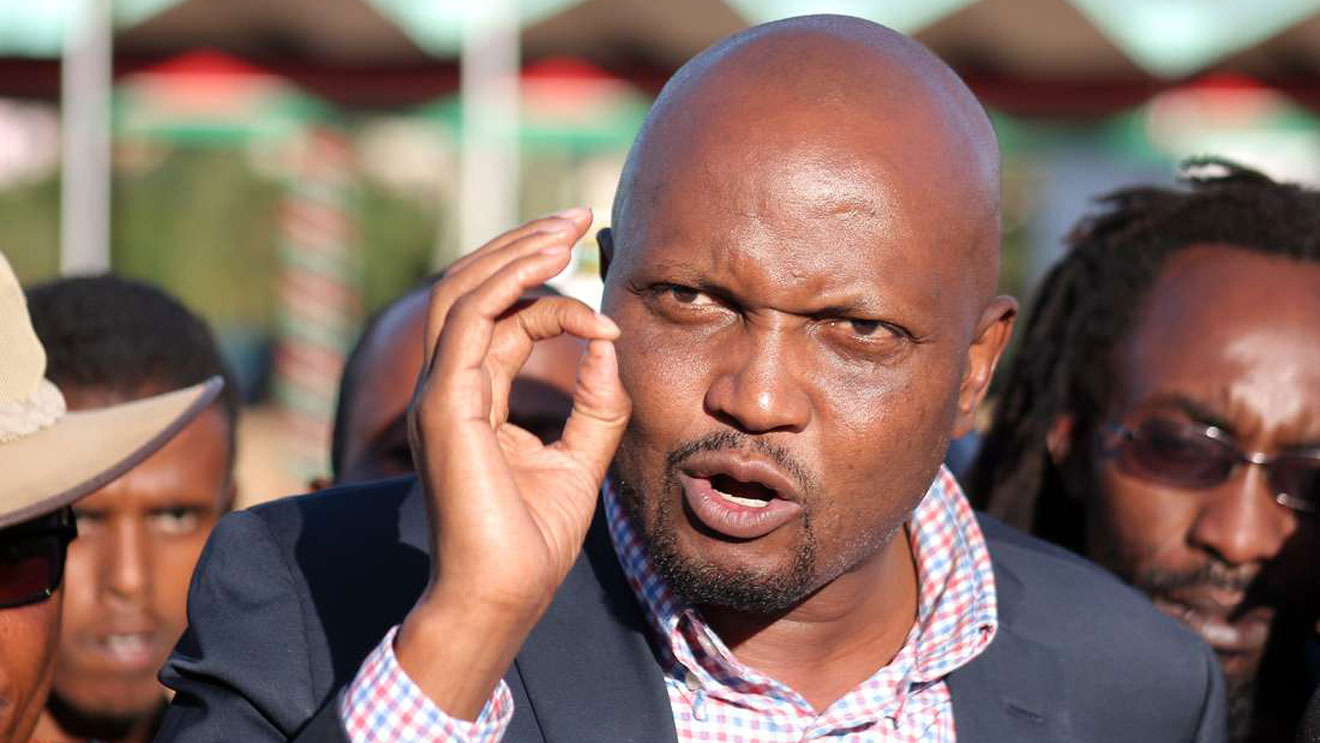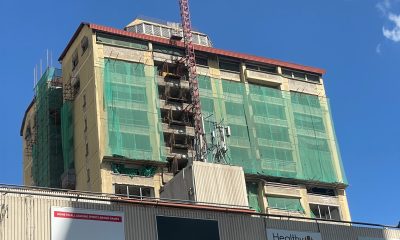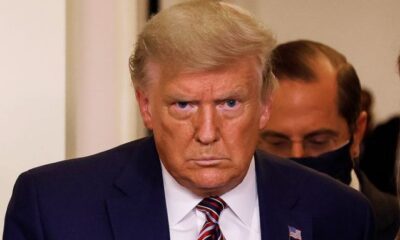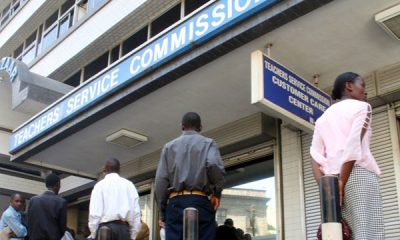Politics
Businesses in Mount Kenya Were Targeted By Our Own Children and Destroyed, Moses Kuria Decries

Senior Presidential Advisor claims region bore disproportionate burden during anniversary protests that left 16 dead nationwide
NAIROBI – President William Ruto’s Senior Economic Advisor Moses Kuria has condemned what he describes as targeted destruction of businesses and public institutions in the Mount Kenya region during Wednesday’s nationwide Gen Z memorial protests, claiming the area suffered disproportionately compared to other parts of the country.
Sixteen people died during nationwide anti-government protests in Kenya on Wednesday, most of them killed by police, the head of Amnesty Kenya said, marking the first anniversary of the historic youth-led demonstrations that initially opposed tax increases but evolved into broader anti-government protests.
In a detailed statement posted on his X account Thursday morning, Kuria itemized a litany of destruction across central Kenya’s commercial centers, painting a picture of systematic targeting of the economically vital region.
“Shops around Koja and OTC were looted and vandalised. Shops in Roysambu were looted and vandalised. Nanas Mall Thika looted and vandalised,” Kuria listed in his post, which has garnered significant attention on social media.
The destruction extended to major retail chains, with “Carrefour Ruiru looted and vandalised” and “Naivas in Nyeri looted and vandalised,” according to the government advisor’s account.
However, the most severe damage appears to have occurred in Nyandarua County, where Kuria reported complete destruction of government infrastructure.
“All public institutions in Ol Kalou including police stations, ID Offices, County Commissioner’s Office and County Government Offices burnt down,” he stated.
Kuria, a former Member of Parliament and outspoken government figure, used the destruction to validate his controversial political predictions, claiming the scale of damage proved his earlier warnings about Kenya’s political trajectory.
“Mt Kenya paid a disproportionately heavy price yesterday. Again,” he stated, the word “Again” suggesting he believes this represents a pattern of regional targeting rather than random protest violence.
The advisor has previously made provocative statements about Kenya’s democratic future, including his prediction that there will be no competitive presidential election in 2027.
Speaking on a local television station on June 22, Kuria declared that the 2027 contest would mirror Kenya’s historic 2002 election, which saw broad political consensus sweep Mwai Kibaki to power.
“Let me shock you,” Kuria had said. “Some people are training for a football match that will not happen. 2027 will be like 2002. There will be no presidential election — there will be a consensus.”
Wednesday, June 25, 2025, marked one year since Kenyans nationwide rose to reject the Finance Bill, which originally sparked the Gen Z protest movement.
Kenyan police fired tear gas and water cannons to disperse protesters as thousands took to the streets across multiple counties.
The protests, which began as opposition to perceived burdensome taxation on an already struggling generation, have evolved into broader demonstrations against police brutality and government corruption.
The death of Albert Ojwang while in police custody on June 8, 2025, catalysed nationwide outrage, adding fuel to the anniversary demonstrations.
Kenya’s urban centres witnessed a wave of Gen Z-led protests that were marked by heightened security, road closures, and a heavy police presence, though the specific targeting of Mount Kenya businesses, as described by Kuria, adds a regional dimension to the national unrest.
The Mount Kenya region, which includes major commercial centers like Thika, Nyeri, and Ruiru, represents a significant portion of Kenya’s economic activity outside Nairobi.
The targeting of major retail chains like Carrefour and Naivas, along with popular shopping destinations, could have substantial economic implications for the region.
Kuria’s emphasis on the “disproportionate” impact suggests concern about potential long-term effects on business confidence and investment in the region, which has historically been considered a government stronghold.
The Senior Presidential Advisor’s statements come at a politically sensitive time, as the government faces mounting pressure over its handling of youth protests and broader governance issues.
His claim of regional targeting could be interpreted as an attempt to rally Mount Kenya political support around the government, or alternatively, as acknowledgment of serious security failures in the region.
Kuria’s linking of the destruction to his prediction about the 2027 elections suggests he views current events as validation of his controversial stance that Kenya needs political consensus rather than competitive democracy to avoid chaos.
The government has yet to issue an official response to Kuria’s specific claims about Mount Kenya targeting, though President Ruto’s administration has generally condemned violence during protests while defending security forces’ actions.
Kuria on Wednesday morning cautioned police officers against provoking peaceful demonstrators by using tear gas canisters offensively to disperse them, showing some criticism of security force tactics even as he condemned the destruction.
Kenya Insights allows guest blogging, if you want to be published on Kenya’s most authoritative and accurate blog, have an expose, news TIPS, story angles, human interest stories, drop us an email on [email protected] or via Telegram
-

 News2 weeks ago
News2 weeks agoKenyan Driver Hospitalized After Dubai Assault for Rejecting Gay Advances, Passport Seized as Authorities Remain Silent
-

 Investigations6 days ago
Investigations6 days agoMoney Bior, Lawyer Stephen Ndeda Among 18 Accused Of Running An International Fraud Ring Involved With Scamming American Investor Sh500 Million
-

 Investigations5 days ago
Investigations5 days agoNestlé Accused of Risking Babies’ Health in Africa with ‘Toxic’ Cerelac Product Sold Highest in Kenya
-

 Business2 weeks ago
Business2 weeks agoConstruction Of Stalled Yaya Center Block Resumes After More Than 3 Decades and The Concrete Story Behind It
-

 Investigations2 weeks ago
Investigations2 weeks agoHow Somali Money From Minnesota Fraud Ended In Funding Nairobi Real Estate Boom, Al Shabaab Attracting Trump’s Wrath
-

 News1 week ago
News1 week agoTSC Announces Major Policy Shift To End Transfer Of Promoted Teachers
-

 News5 days ago
News5 days ago48-Year-Old Woman Who Pushed 25-Year-Old Boyfriend To Death From 14th Floor Kilimani Apartment Arrested
-

 Investigations6 days ago
Investigations6 days agoKDC Rocked With Fresh Sh500 Million Tender Scam














